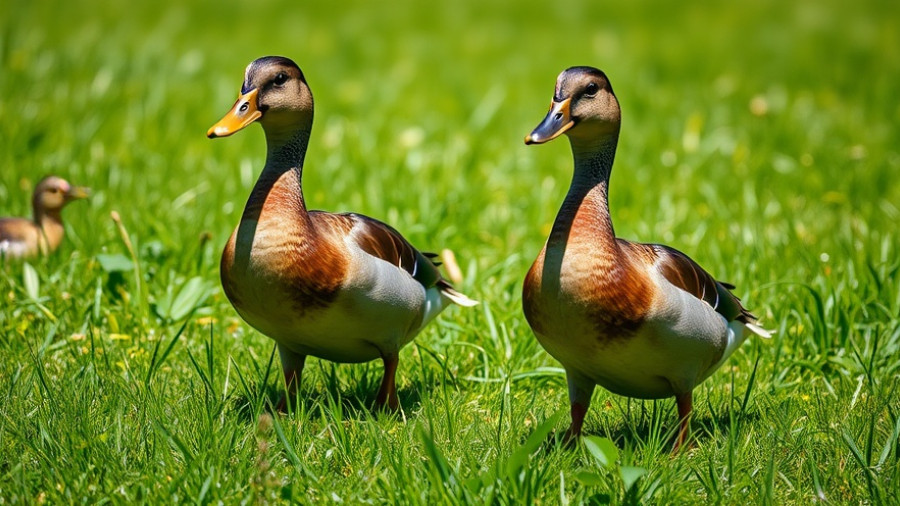
Understanding H5N6: What Are the Risks?
H5N6 avian influenza is a virus that has increasingly posed dangers to both poultry and human health. Since its emergence in 2014, it has been responsible for multiple outbreaks, particularly troubling given its capacity to jump from birds to humans. Authorities in Sichuan, where cases have been most frequent, are on high alert as the virus continues to circulate among birds, leading to both economic losses in poultry farming and potential public health crises.
The Human Connection: How H5N6 Affects Us
The link between animal health and human health is crucial for understanding the cascade of consequences that arise from H5N6 outbreaks. This zoonotic virus highlights the need for a “One Health” approach that integrates veterinary and human health data to identify risks early. This way, public health officials can take preventive actions before infections can spread to human populations, potentially leading to devastating outcomes similar to past pandemics.
Raising Awareness for Effective Control Measures
With a decade of increasing infections, the urgency for effective control measures cannot be overstated. Vaccination programs for poultry, stricter biosecurity measures on farms, and surveillance of wild bird populations are essential components in battling H5N6. As these infected birds migrate, they create a significant challenge for disease control, necessitating coordinated efforts across borders and sectors to ensure public safety.
The Future of Avian Influenza Management
Looking ahead, the potential for H5N6 to cause a pandemic depends significantly on how resilient our systems are in managing infections among bird populations. Enhanced monitoring and vaccine development are critical, but equally necessary are investments in education for farmers and communities. Understanding how to recognize signs of outbreaks can save lives and livelihoods.
Take Action: What Can You Do?
As we navigate these challenging times, staying informed and promoting awareness is crucial. Follow local health advisories regarding avian flu outbreaks and educate those around you about safeguarding measures. Together, we can work towards minimizing the impact of diseases like H5N6 on our communities.
 Add Row
Add Row  Add
Add 




Write A Comment